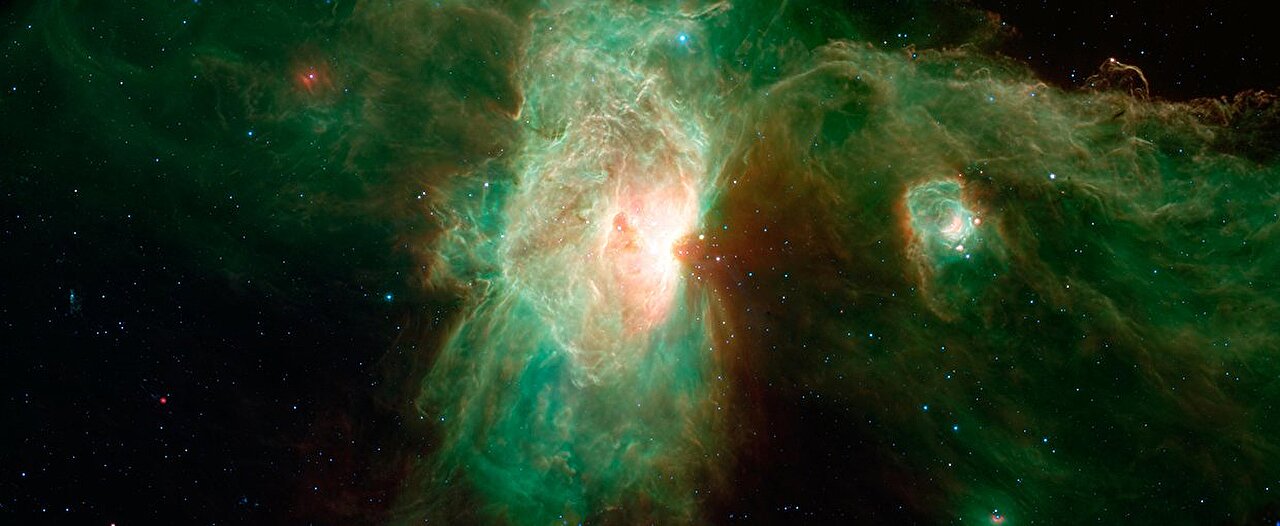During its motion around the center of the Galaxy, the Solar System sometimes encounters interstellar clouds — extended regions of space filled with rarefied gas. As the new scientific paper argues, our planet may have undergone significant climate change while moving through them.

Interstellar clouds
All amateur astronomers know that there are huge gas-dust clouds deep in space, images of which are amazing. Safe to say that everyone has at least once wondered what would happen if the Solar System were to end up inside one of them. Recently, scientists from Boston University answered this question and published their study in Geophysical Research Letters.
In general, interstellar clouds are very large and thin. The gas composing them plays an important role in the evolution of the Universe. After all, it sooner or later gathers into new luminaries. In turn, the Solar System doesn’t stand still, but flies in its orbit around the center of the Galaxy. And although one such orbit takes 250 million years, it encounters many objects on its way in relatively short time intervals, even compared to the time of existence of life on it.
In the new work, scientists traced the Sun’s path through the Galaxy and concluded that its passage through interstellar clouds occurred at least twice: first time, 7 million and second time, 2 million years ago. Ironically, at this point, the Earth’s climate began to change, and the alternation of glacial epochs with global thaws began.
Could space weather have caused an ice age?
To determine if the two events could be related, scientists modeled what would have happened in the Solar System when the gas-dust cloud passed through. They concluded that the gas was dense enough to significantly affect the behavior of the solar wind.
This is the name given to heavy particles flying away from the Sun at a speed of 400 to 800 km/s. They carry quite a lot of energy with them. However, it was not enough to resist the pressure of the gas from the external environment. Consequently, the effects should be felt even inside the Earth’s orbit.
When passing through the space cloud, excess hydrogen should appear in the upper layers of our planet’s atmosphere, which, descending below, should have turned into water. Huge noctilucent clouds should form during this process.
These formations, which exist at high altitudes, are usually quite small. However, in the case described, they would have to be so powerful as to reduce the amount of light reaching the planet’s surface by 7%.
Of course, the climate on Earth is too complex to work with the assumption that this hydrogen from an interstellar cloud directly led to the ice age. However, it could have been the same trigger that threw the system out of balance.
According to phys.org


